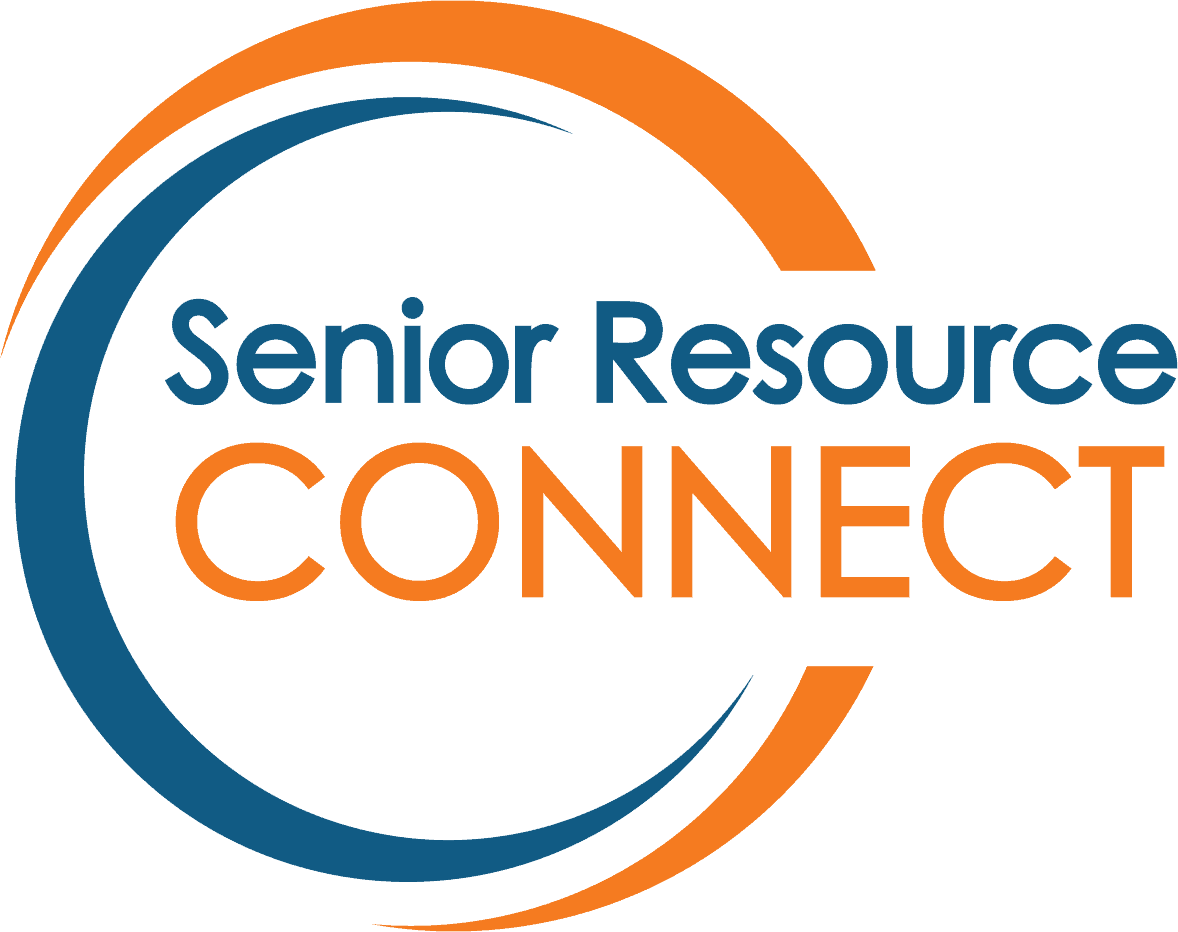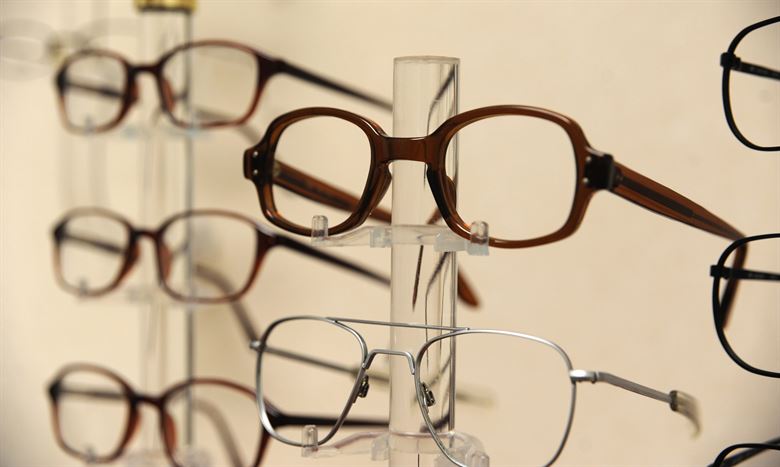August is national eye exam month! When thinking about protecting our bodies from signs of aging, how many of us remember to think about our eyes? Do we take steps to maintain good eye health, or see cataracts and needing glasses as an inevitable part of aging?
Normal Changes as We Age
- Glare
- Dry or irritated eyes
- Needing more light to see
- Trouble reading/seeing up close
- Trouble telling colors apart (e.g., black and navy)
Common eye woes
- Cataracts– vision becomes blurry or dim and glare increases due to changes in the eye’s natural lens.
- Drooping Eyelids– As skin loses its elasticity, skin on the eyelids might start to droop, affecting peripheral vision. This is usually corrected with surgery.
- Dry eye– Eyes are not as moist due to changes in tear production. This puts you at risk of irritation and/or swelling.
- “Floaters”– These are tiny specks that move or “float” into your field of vision. These are normal and happen to people of all ages but see a doctor if you see light flashes in addition to floaters.
- Glaucoma- This happens when the optic nerve is damaged. Left untreated, it can cause blindness.
- Macular Degeneration– Loss of cells in part of the retina responsible for detailed vision, resulting in blurred vision and difficulty seeing details (e.g., people’s faces)
- Presbyopia– Have you noticed that it’s more difficult to read small print as you age? Presbyopia is the medical term for the slow loss of our nearsightedness as we age. This is a very common issue for older adults and can often be fixed with reading glasses.
Health Tips
- Stay up to date with regular eye exams
- Reduce exposure to UV rays and wear sunglasses when outside
- Quit smoking
- Control conditions that can negatively affect eye health (e.g., diabetes)
- Maintain a healthy lifestyle
- If you’re on a computer a lot for work, make sure to practice the 20-20-20 Rule
Visit the Ahead of the Curve Resource Directory to find a list of medical and vision impairment services in your area.






